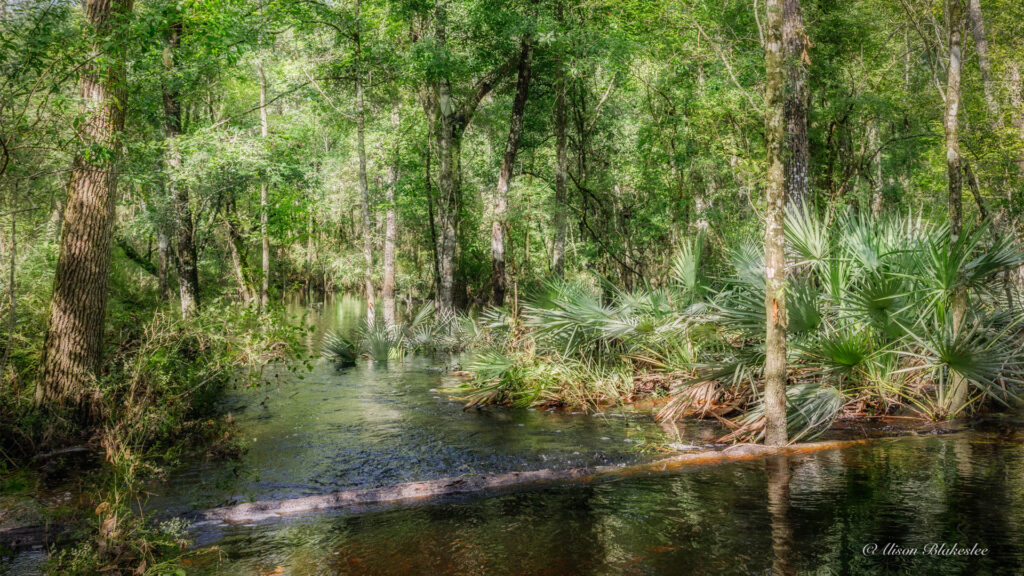By Tom Kay, Alachua Conservation Trust; Christine P. Johnson, Conservation Foundation of the Gulf Coast; and Shane Wellendorf, Tall Timbers Research Station & Land Conservancy
Recent articles claim that Florida’s conservation easements are not perpetual, but when Florida land trusts conserve land forever, we mean it!
Florida’s nonprofit land trusts have conserved nearly 2 million of the 10.7 million acres protected in the Sunshine State, according to the Land Trust Alliance’s 2020 National Land Trust Census. These lands are both privately and publicly owned, generating myriad benefits to residents and visitors alike.
As more people continue to move into our state and more rural land and open spaces are lost to development, Florida land trusts are accelerating their work of partnering with willing landowners to protect the land that is so important to our way of life, clean drinking water, farming and ranching communities, diverse wildlife, recreational opportunities and iconic scenery. One critical tool for this important work is conservation easements.

Conservation easements are voluntary legal agreements between a landowner and a land trust or government entity. When a property is conserved with a conservation easement, the landowner is choosing to permanently limit the uses of the land to protect its conservation values. There are direct landowner benefits, as well as public benefits such as flood protection, clean drinking water, wildlife habitat, scenic views, outdoor recreation, cultural and historic preservation, and protected agricultural land that produces local sustainable food.
Whether a conservation easement is held by a government entity or a not-for-profit land trust, it is the easement holder’s legal and ethical responsibility to ensure the easement terms are met and that the public will always receive the benefits guaranteed by the easement.
Conservation easements are at the heart of private land conservation, allowing landowners to protect their land into the future on their own terms, while still retaining the ability to own, use and control their land, and sell it or pass it on to heirs — all while their land continues to benefit our local economies. This shared commitment to permanently conserve land is what drives land trusts to ensure that the properties we conserve are properly documented and stewarded for the long haul, and it guides how we prepare to ensure our own durability, both financially and organizationally.
The 15 Florida land trusts that are members of the Land Trust Alliance have adopted the Land Trust Standards and Practices — ethical and technical guidelines for the responsible operation of a land trust. These standards compel the entire land trust community to aspire to excellence and continuous improvement, and to ensure conservation permanence. Land Trust Alliance member land trusts are committed to ensuring conservation easements are perpetual and permanent.
Five Florida land trusts, including our organizations — Tall Timbers Research Station and Land Conservancy, Alachua Conservation Trust and Conservation Foundation of the Gulf Coast, went even further to ensure their longevity to steward conservation easements by becoming accredited by the independent Land Trust Accreditation Commission. Accreditation is awarded to those land trusts meeting the highest national standards for excellence and conservation permanence.

The incidents in which Florida conservation easements were undone by local or state governments are rare exceptions, and none were held by Land Trust Alliance members. When a landowner works with a Land Trust Alliance member they can be assured they are getting expert advice on how to ensure their conservation easement is indeed forever.
Furthermore, all conservation easements held or facilitated by a Florida accredited land trust have protections that safeguard perpetuity and defend against extinguishments or releases. Moreover, accredited land trusts take additional precautions. For example, our legal defense insurance, called Terrafirma, defends conservation easements from issues that threaten the legitimacy and purpose of the conservation easement.
Indeed, working with a Land Trust Alliance member land trust, especially one that is accredited, is the best way to ensure Florida’s conservation easements are in fact forever.
Tom Kay is the executive director of Alachua Conservation Trust. Christine P. Johnson is the president of Conservation Foundation of the Gulf Coast. Shane Wellendorf is the land conservancy director of Tall Timbers Research Station & Land Conservancy.
Sign up for The Invading Sea newsletter by visiting here. If you are interested in submitting an opinion piece to The Invading Sea, email Editor Nathan Crabbe at ncrabbe@fau.edu.



